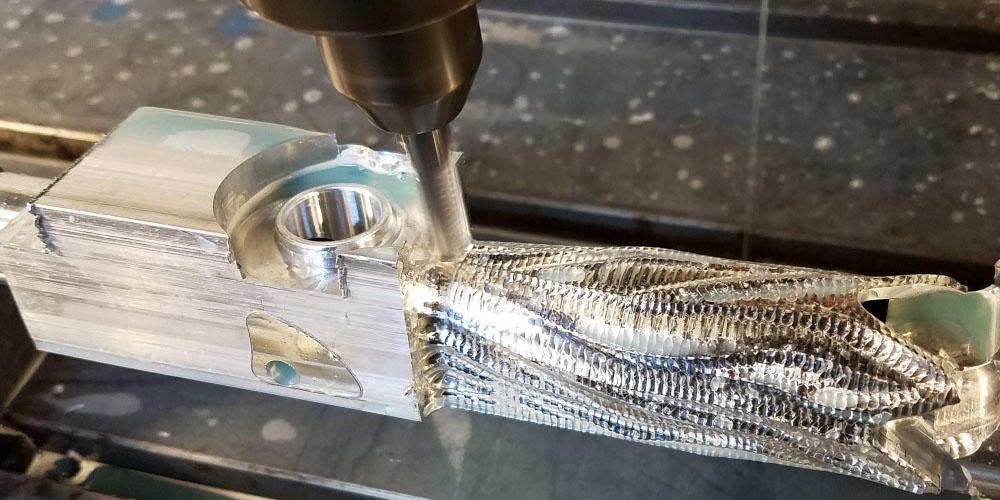Aluminum is one of the strongest and most highly applied types of metals in existence. Its high application can be attributed to its strength and several other properties. Aluminum can also be subjected to various processes like aluminum CNC machining, extrusions, and forging. Extrusion is a popular fabrication method for aluminum used to make a wide range of products. However, the process also depends on supplementary extrusion processes.
Complementary extrusion processes
While the extrusion process can be used to make a wide range of parts, the completion of the extrusion does not mark the end of the production. After the extrusion process, below are some other finishing processes that are conducted;
1. Heat treatment
The role of this process is to improve the mechanical properties of the part. This is usually done in applications where alloys in 2000, 6000, and 7000 series are used. Heat treatment helps enhance their ultimate tensile strength. It also helps improve their yield stress.
In the heat treatment process, the profiles are usually placed inside ovens. By doing so, their aging process is accelerated. However, this process is also determined based on the type of metal or allow users in the extrusions process. Note that the heat treatment process does not mark the end of the entire product manufacturing process. The surface finishing process usually follows it.
2. Surface finishing
The role of the surface finishing process is to enhance the appearance and corrosion protection features of the aluminum profiles. In addition to these two benefits, surface finishing also provides a wide array of benefits, depending on the applied surface finishing method. Aluminum profiles are typically subjected to several finishing operations. Below are some of the most popular finishing methods;
- Anodization– this is a finishing process used to strengthen the metal. Anodization occurs when the process of oxidization is triggered on the surface of the aluminum. It causes the formation of a thick layer of aluminum oxide. This layer hinders the metal from going through any further oxidization. By doing so, it helps protect it from corrosion and rust. It also makes it wear-resistant and improves its surface emissivity.
- Painting– this is the simplest form of surface finishing. It involves the use of regular paint, which protects the surface from abrasion, scratches, and corrosion. However, unlike anodization, painting is not an effective method of surface finishing. This is because the paint can easily tear off the surface, leaving it bare and vulnerable again.
Other methods of surface finishing are:
- Powder coating
- Sandblasting
- sublimation
3. Fabrication
The last part of the process is usually a fabrication. This process allows you to achieve the final dimensions you were looking to accomplish in the extrusion process. Fabrication also involves a wide range of strategies. Here, the aluminum profiles can be drilled, cut, machined, or punched. The method you choose will be determined by the end product you wish to accomplish.
Conclusion
Aluminum extrusion is an effective method of manufacturing a wide range of parts used in various industries. While the process is very efficient on its own, it requires complementary processes like the ones listed above to improve the properties of the final product.
